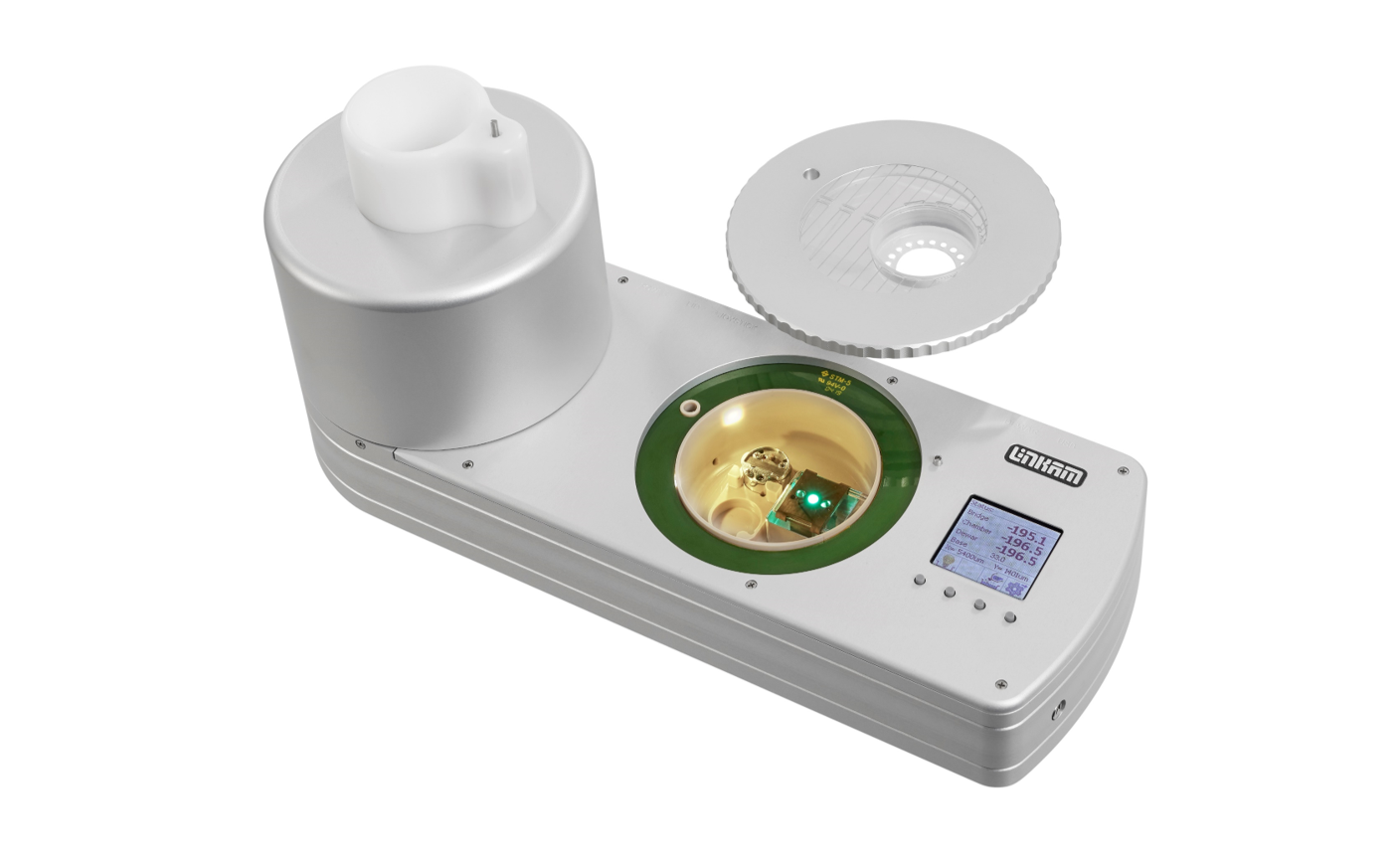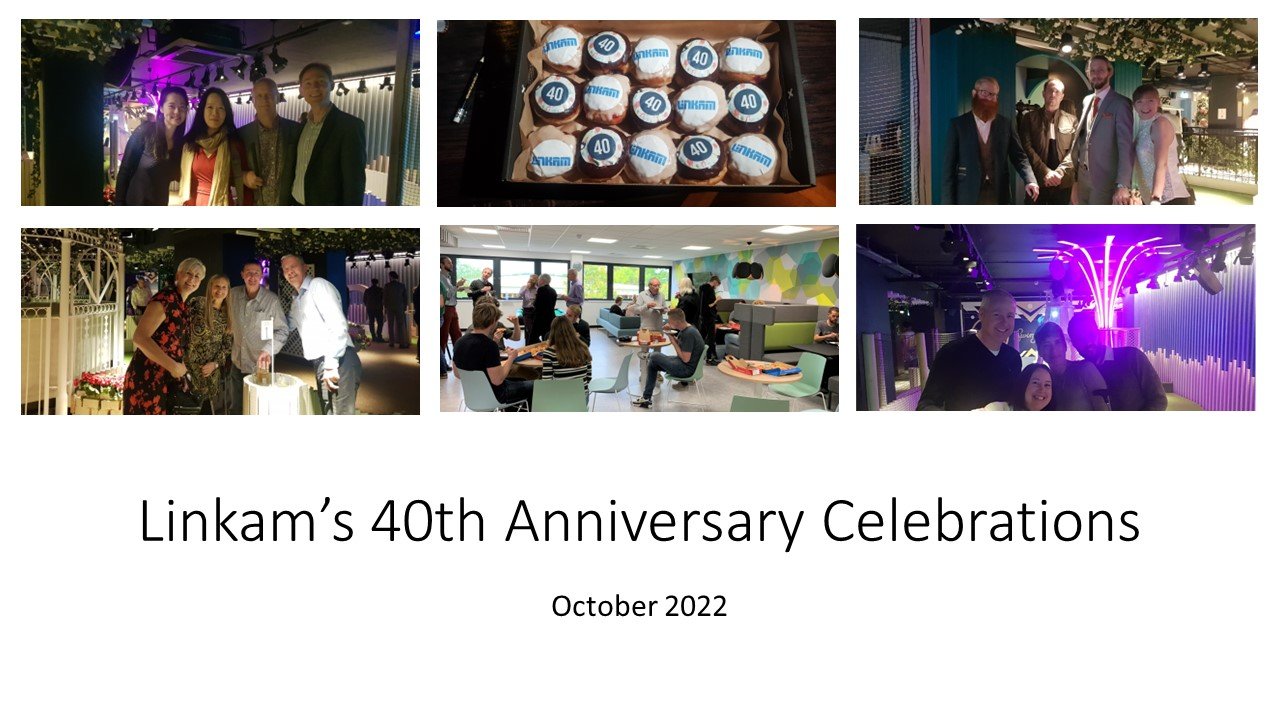Cryo-EM, cryo-tomography, Single Particle Tomography (SPT) and cryo-CLEM (Correlative Light and Electron Microscopy) have become standard tools for the investigation of protein 3D structures, cellular structures and more in the last decade. Despite the progress with cryo-EM instruments and automated sample loading and imaging the routine preparation of cryo-samples can be challenging.
Cryo-plunging techniques most widely used for vitrification are based on paper-blotting to adjust the thickness of the vitrified layer. We have identified this as a key drawback in the process because the blotting paper soaks up moisture while inside the high-humidity chamber leading to characteristics that are not always repeatable. As a solution we propose a novel method where fluid is removed for the sample thickness adjustment by means of a calibrated and programmed suction process. A comparison between conventional paper-based blotting and our proposed method is shown in Figure 1 and described in Ref [1] in more detail. Key benefits of the programmed suction are repeatability, straightforward automation and direct optical access to the sample for real-time monitoring and control of sample film thickness. The thin-film interference and the liquid surface meniscus characteristics observed in the real-time optical microscope allow to determine the best moment to plunge and represent a feedback loop to optimise film thickness.
The overall setup of the plunger robot in the latest version is illustrated in Figure 2 and the principle is also detailed in [1]. The compact table-top unit contains an automated robotic tweezer arm, a glow-discharge unit to make the sample support hydrophilic, a grid box for sample support pickup, a humidity section with dew-point control, built-in microscope and suction unit for film thickness adjustment, a cup for liquifying and plunging into ethane and a location to deposit and cool the vitrified sample support. The device is computer-controlled via USB and automated sample preparation recipes can be run and configured.
Most importantly, the microscope image acquired immediately before plunging allows good prediction of the quality of the vitrified grid enabling pre-selecting or discarding of samples to make best use of EM beam time.
The setup improves repeatability due to a new principle, removes potential risks from manual sample handling and increases speed and throughput via automation. It can be used for both single-particle workflows as well as cell-based workflows.






















